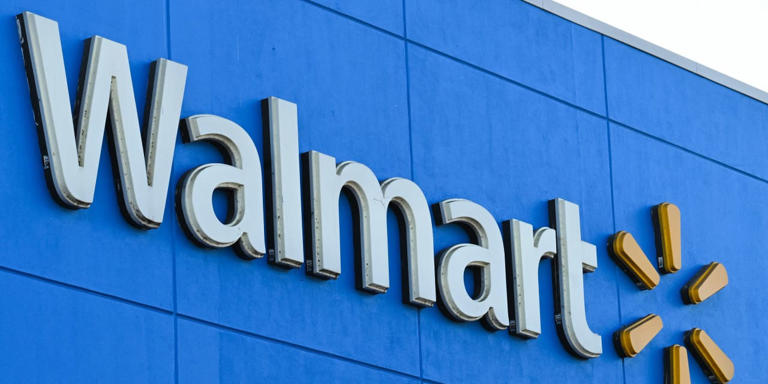Walmart Inc.’s decision to close its 51 health centers has sparked conversations about the challenges retailers face when entering the healthcare sector. The move underscores the complexities and uncertainties inherent in providing primary-care services, particularly within the context of a retail environment.
Since its inception in 2019, Walmart’s health center initiative aimed to offer accessible and affordable healthcare services to its customers. However, the retail giant admitted that the venture had not achieved sustainable profitability, leading to the decision to shutter these operations. This announcement highlights the formidable hurdles retailers encounter when venturing into healthcare, a highly regulated and multifaceted industry.
Walmart’s experience is not unique, as other major retailers have also grappled with the intricacies of the healthcare market. Amazon, CVS, Walgreens, and Costco have all made significant strides in offering healthcare services to their customers. Amazon’s acquisition of One Medical and CVS’s expansion of its retail clinic network exemplify the industry’s interest in integrating healthcare into retail operations.
However, despite these efforts, retailers have encountered various challenges along the way. Amazon’s decision to close its primary-care service, Amazon Care, in 2022 and Walgreens reporting losses attributed to its primary-care business underscore the complexities of navigating the healthcare landscape. These challenges include high operating costs, regulatory hurdles, and disparities in insurance reimbursement.
Walmart’s strategic advantage lies in its extensive retail footprint, particularly in rural areas where access to healthcare may be limited. By leveraging its existing assets in pharmacy, optical, and over-the-counter offerings, Walmart aims to continue serving the healthcare needs of its customers despite the closure of its health centers.
While Walmart’s decision may signal caution for other retailers considering similar ventures, it also presents an opportunity for reflection and refinement of strategy. CVS’s commitment to expanding its clinic network and Walgreens’s optimism about its partnership with VillageMD demonstrate ongoing efforts to navigate the complexities of the healthcare market.
Ultimately, success in retail healthcare hinges on strategic planning, adaptation to market dynamics, and a deep understanding of customer needs. As healthcare spending continues to rise, retailers recognize the importance of providing accessible and affordable healthcare services to their customers. However, achieving sustainable profitability in this space requires careful consideration of factors such as reimbursement rates, operational costs, and market demand.
